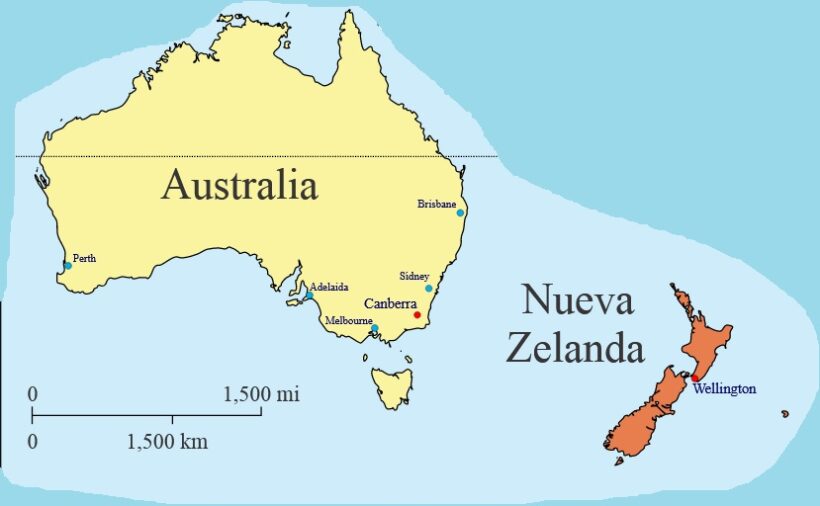In the New Zealand parliamentary elections, the National Party, led by Christopher Dixon, has won by a clear margin over the Labour Party of current Prime Minister Chris Hipkins.
According to data from the New Zealand Electoral Commission, the conservative party obtained 39% of the votes, ahead of Labour by twelve points. In third place, the Green party won 10.77%, while in fourth place appeared the ultra-liberal ACT party (ACT stands for “Association of Consumers and Taxpayers”) with 9%. Further behind, with 6.5%, was the New Zealand First Party, while Te Pāti Māori, an identity grouping that defends indigenous rights, achieved 2.6%.
According to these figures, the National Party would have 50 seats in the new parliament, which in a coalition with the 11 so-called “libertarians” would allow it to form a majority government. Labour would have 34 MPs, the Greens 14, the New Zealand First Party 8, while the centre-left Maori party would have 4 seats.
According to local analysts, voters, especially middle-class voters, would have been attracted by the promise of lowering the country’s historically high inflation and reducing its national debt.
From the point of view of the necessary international geopolitical détente, the shift to the right is not good news. From a historical stance opposed to armament, the country could be tempted to move closer to the recently formed AUKUS bloc between Australia, the United Kingdom and the United States, an extension of the strategic rivalry created by the Anglo-American sphere to counterbalance the specific weight of China in this area.
The setback of the indigenous peoples in Australia
On Saturday, October 14, a referendum took place in Australia that aimed to reform the Constitution by recognising indigenous peoples through a parliamentary consultative body known as the Indigenous Voice.
To pass, the initiative had to achieve a majority of votes in favour nationally and in at least four of Australia’s six states.
The results scuppered the proposal. Of the 17.6 million Australians eligible to vote, some 13 million participated and 60 per cent voted No, while 40 per cent approved the initiative. On the other hand, no majority was obtained in any of the states.
The proposal was designed to improve the lives of the 800,000 indigenous Australians, the most vulnerable population, who make up about 3.8 per cent of Australia’s total population.
Some statistics are a stark illustration of the inequalities faced by Aboriginal people. On average, indigenous youth aged 10-17 are arrested almost 25 times more than their non-indigenous peers, while the suicide rate among indigenous people is more than double that of non-indigenous people, at 27 to 12 per 100,000 people, according to data from 2021.
As a nation of 26 million inhabitants composed mainly of immigrants and their descendants – even today 30 % of the resident population is foreign-born – it is painful to note that here, as in other regions of the world, reciprocity and empathy with indigenous populations have a long way to go.










